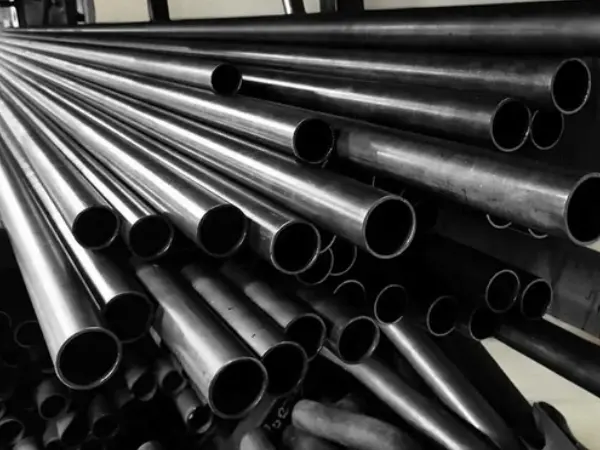
Flanging a seamless tube sleeve is a crucial process in various industrial applications, ensuring secure connections and optimal performance. Whether you're working with seamless tubes for piping systems, mechanical structures, or hydraulic components, understanding the proper flanging technique is essential. This guide will walk you through the steps to successfully flange seamless tube sleeves while maintaining structural integrity.
Seamless tubes are preferred in high-pressure and high-temperature environments due to their uniform strength and lack of welded seams. When you need to flange seamless tube sleeves, the absence of weak points ensures a more reliable connection. Seamless steel tube sleeves provide excellent durability, making them ideal for oil and gas, automotive, and construction industries.
Before flanging, ensure your seamless steel tube meets the required specifications, including diameter, wall thickness, and material grade. High-quality seamless tubes reduce the risk of cracks or deformations during the flanging process.
Clean the end of the seamless tube to remove any debris or oxidation. A smooth surface ensures a better flange formation. Use a deburring tool to eliminate sharp edges that could weaken the flange.
To flange seamless tube sleeves, a hydraulic or pneumatic flanging machine is recommended. These tools apply even pressure, expanding the tube end uniformly. For smaller seamless tubes, manual flanging tools can also be effective.
Some seamless steel tube materials may require heating before flanging to improve malleability. Controlled heating prevents brittleness and ensures a smooth flange formation.
After flanging, inspect the seamless tube sleeve for any cracks or irregularities. A properly formed flange should have a consistent shape with no signs of stress fractures.
Flanged seamless tube sleeves are widely used in:
· Piping systems for secure, leak-proof connections
· Hydraulic and pneumatic systems where pressure resistance is critical
· Automotive exhaust systems due to their heat resistance
Learning how to flange seamless tube sleeves properly ensures long-lasting and efficient connections in industrial setups. By selecting high-quality seamless steel tube materials and following precise flanging techniques, you can achieve optimal performance in your projects. Whether you're working with standard seamless tubes or specialized applications, mastering this process is key to success.
For more expert tips on working with seamless tubes, stay tuned to our blog!


